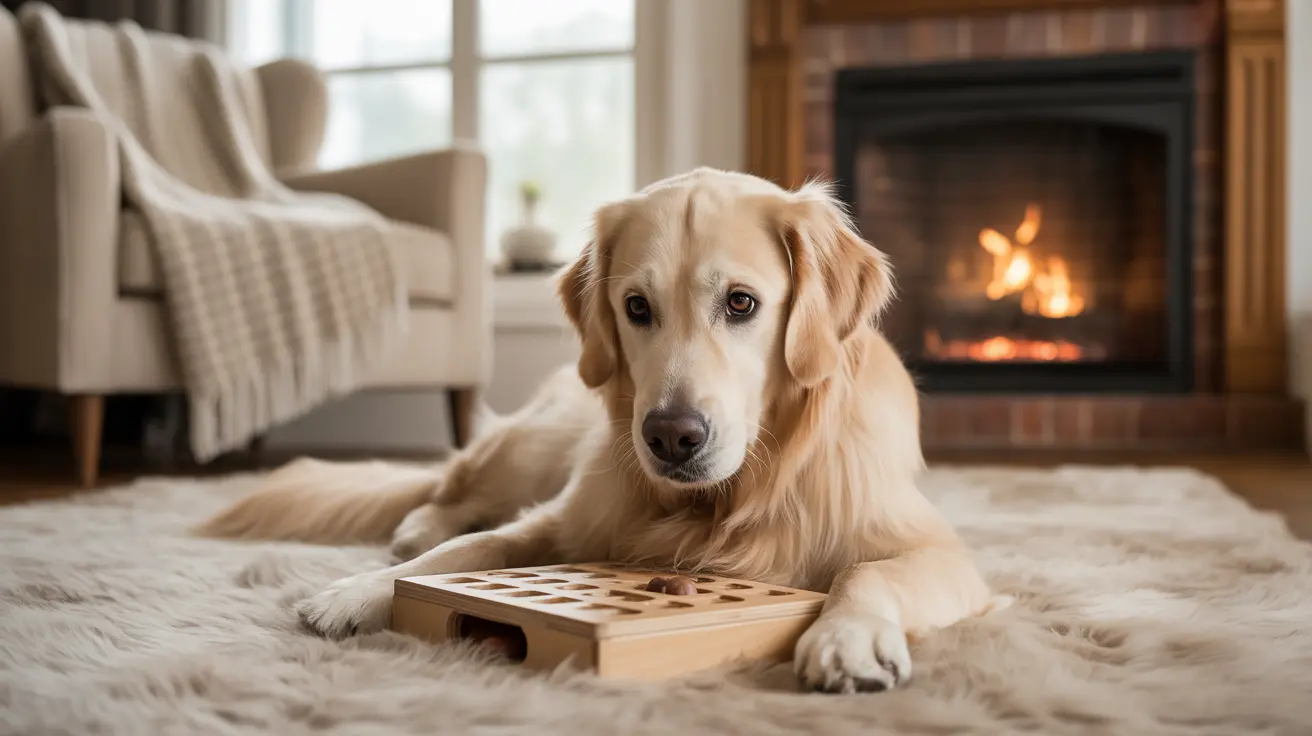Understanding Golden Retrievers' Social Nature
Golden Retrievers are renowned for their exceptionally social and affectionate nature. Originally bred as working dogs to collaborate closely with humans, these beloved companions have an inherent need for regular interaction with their family members. This genetic predisposition makes them particularly sensitive to extended periods of solitude.
While adult Golden Retrievers can technically handle being left alone for moderate periods, their strong pack mentality and deep emotional bonds with their humans mean they generally struggle with extended isolation. Understanding their social requirements is crucial for maintaining their emotional well-being and preventing behavioral issues.
Maximum Time Limits for Leaving Golden Retrievers Alone
Adult Golden Retrievers can typically handle being alone for 4-6 hours maximum, provided they're properly trained and exercised. However, puppies and younger dogs require much more frequent attention, with recommended alone times of no more than 2-3 hours.
These time limits aren't just arbitrary numbers – they're based on both physical needs (bathroom breaks) and emotional well-being. Exceeding these durations regularly can lead to stress and anxiety-related behaviors.
Signs Your Golden Retriever Is Struggling with Solitude
Golden Retrievers may exhibit various signs of distress when left alone for too long. Common indicators include:
- Destructive behavior, particularly chewing furniture or personal items
- Excessive barking or howling
- Inappropriate urination or defecation
- Intense excitement upon your return
- Pacing and restless behavior
- Depression or lethargy
- Loss of appetite
Preparing Your Golden Retriever for Alone Time
Successful alone training starts with proper preparation. Before leaving your Golden Retriever alone, ensure they receive:
- Adequate physical exercise (at least 30-60 minutes)
- Mental stimulation through training or puzzle toys
- A comfortable, safe space with appropriate toys
- Access to fresh water and proper temperature control
- Gradual acclimation to being alone through short practice sessions
Creating a Safe Environment
Setting up a secure and enriching environment is crucial when leaving your Golden Retriever alone. Consider these essential elements:
- A designated area or room with familiar bedding
- Puppy-proofed spaces free from hazards
- Interactive toys and proper chew items
- Background noise like classical music or TV
- Security cameras to monitor their behavior (optional)
Solutions for Extended Absences
When longer absences are unavoidable, consider these alternatives:
- Hiring a professional dog walker
- Enrolling in doggy daycare
- Arranging visits from friends or family
- Using pet sitting services
- Working from home when possible
Frequently Asked Questions
How long can Golden Retrievers be left alone without developing separation anxiety?
Adult Golden Retrievers can typically handle 4-6 hours alone without developing separation anxiety, provided they're properly trained and exercised. However, this varies by individual dog and requires gradual conditioning.
What are the common signs of separation anxiety in Golden Retrievers when they are left alone?
Common signs include destructive behavior, excessive barking, inappropriate elimination, drooling, pacing, and attempts to escape. These behaviors typically occur within the first 30 minutes of being left alone.
How can I help my Golden Retriever get used to being alone gradually?
Start with short absences (5-10 minutes) and gradually increase duration. Practice departure cues without leaving, provide engaging toys, and maintain a calm demeanor during departures and returns.
What are the best ways to prevent destructive behaviors in Golden Retrievers when they are home alone?
Ensure adequate exercise before leaving, provide appropriate chew toys and puzzles, create a safe space, and gradually build tolerance to alone time through positive reinforcement training.
When should I seek professional help for my Golden Retriever's separation anxiety?
Seek professional help if your dog shows severe anxiety symptoms, self-injurious behavior, or if basic training methods haven't improved the situation after several weeks of consistent practice.
Conclusion
While Golden Retrievers can be left alone for moderate periods, success depends on proper training, preparation, and understanding their social needs. By following these guidelines and remaining attentive to your dog's individual requirements, you can help them develop healthy independence while maintaining their emotional well-being.






